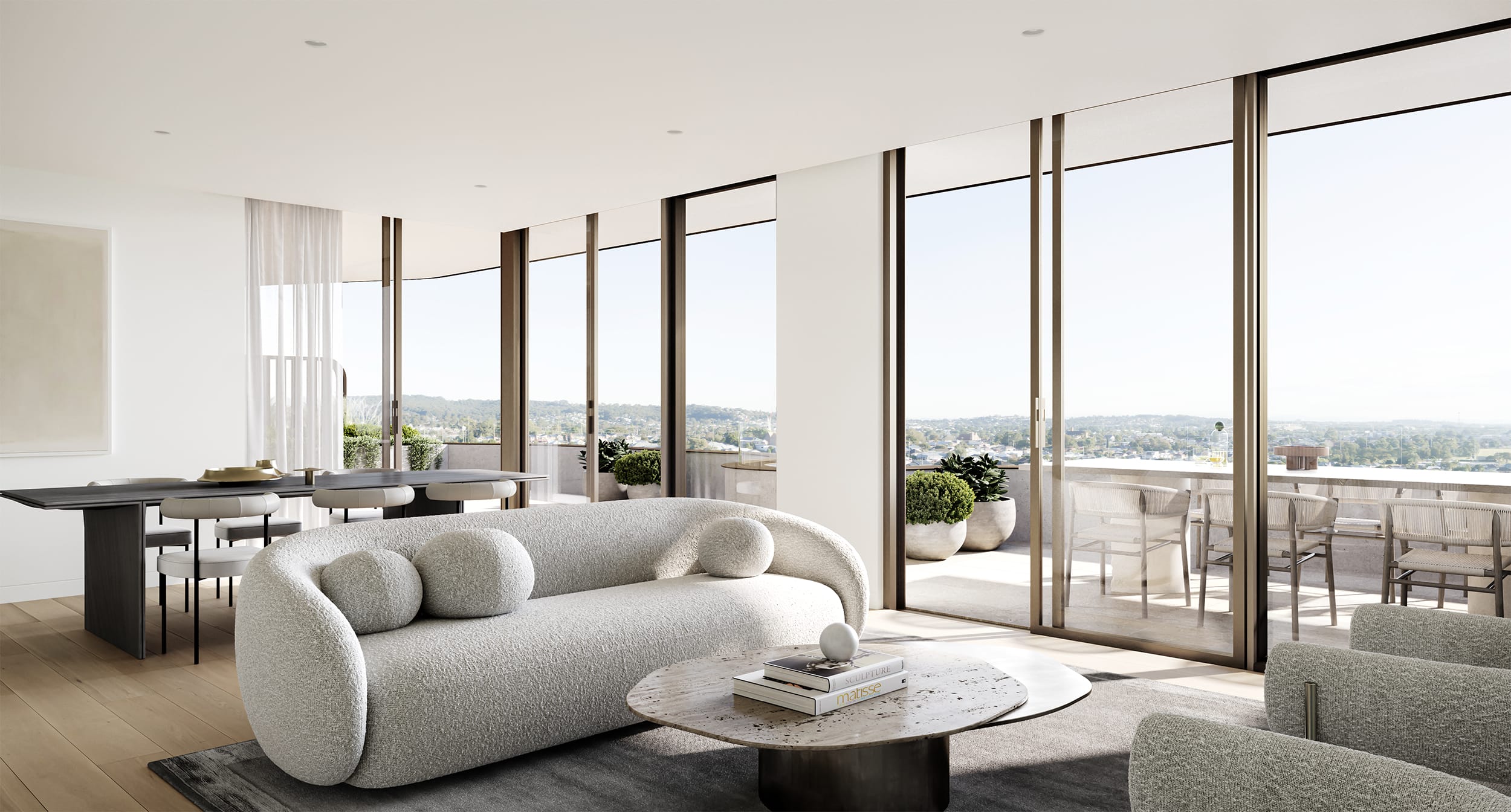Multi-award-winning construction company Decode Group has been appointed by ThirdAge, the retirement division of Third.i Group, to build The Merewether Residences, the over-55s senior living development at The Merewether Golf Club in Newcastle.
Having successfully collaborated with Third.i on their Dairy Farmers Towers project in Newcastle, Decode Group will now bring its iCIRT-rated expertise to this landmark development.
Developed as a joint venture between ThirdAge and The Merewether Golf Club, The Merewether Residences will feature 178 thoughtfully designed one-, two-, and three-bedroom apartments, along with 16 exclusive penthouses across four 6-storey buildings. Located at an exclusive address on Newcastle’s scenic coastline, the resort-style retirement living development promises a vibrant, connected community and world-class amenities for over-55 retirees, empty nesters, downsizers, and Sydneysiders seeking a lifestyle change.
Originally designed by renowned architect Eugene Marchese of Marchese Partners, The Merewether Residences will have architectural oversight from EJE Architecture, which is taking lead on this ambitious development.
The design draws inspiration from Newcastle’s coastal charm and contemporary style, with ThirdAge envisioning The Merewether Residences as a stylish sanctuary where architectural elegance meets beachfront relaxation in a modern retreat-like environment.
The palette of textures and materials to be used in the design is inspired by the surrounding landscape to enhance the location’s natural beauty, aligning with ThirdAge’s vision of creating spaces that effortlessly blend into the environment.
Alongside the development, The Merewether Golf Club will be upgraded with a new clubhouse, a health and wellness space, and a brand new sports bar to benefit golf club and community members as well as apartment residents.
On the appointment of Decode Group as the builder, ThirdAge director Luke Berry said, “At ThirdAge, we pride ourselves on delivering innovative, high-quality projects that resonate with today’s buyers. Having previously collaborated with Decode Group, we’ve seen first-hand their exceptional expertise and commitment to excellence. With Decode leading construction, we’re confident The Merewether Residences will set a new benchmark in retirement living, offering unparalleled quality, sustainability, and long-term value.”
“We’re thrilled to be working with Decode Group to bring something truly unique to Newcastle – a resort-style community where over-55s can embrace the best of Newcastle’s lifestyle, with the championship Merewether Golf Course right at their doorstep,” he added.
Sam El Rihani, founder & chairman of Decode Group, commented, “We are honoured to partner with ThirdAge on The Merewether Residences. This project aligns with our vision of delivering landmark developments that enhance the lifestyle and wellbeing of residents. Our team looks forward to bringing our expertise in high-quality, sustainable construction to this unique coastal community.”
Demand for The Merewether Residences is already strong, especially from those considering retirement living and seeking a coastal lifestyle, a like-minded community, and access to world-class amenities.
Future residents can look forward to high-end facilities such as a health club with gym, wellness programs, a luxurious spa with massage and facial treatments, serene pool, on-site cinema, communal kitchen for cooking classes, herb garden, workshop, and art and craft rooms.
While early works began on site in August 2024, construction is estimated to be completed in Q2 2027, with the new clubhouse opening in Q3 2026.







